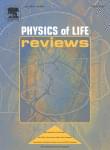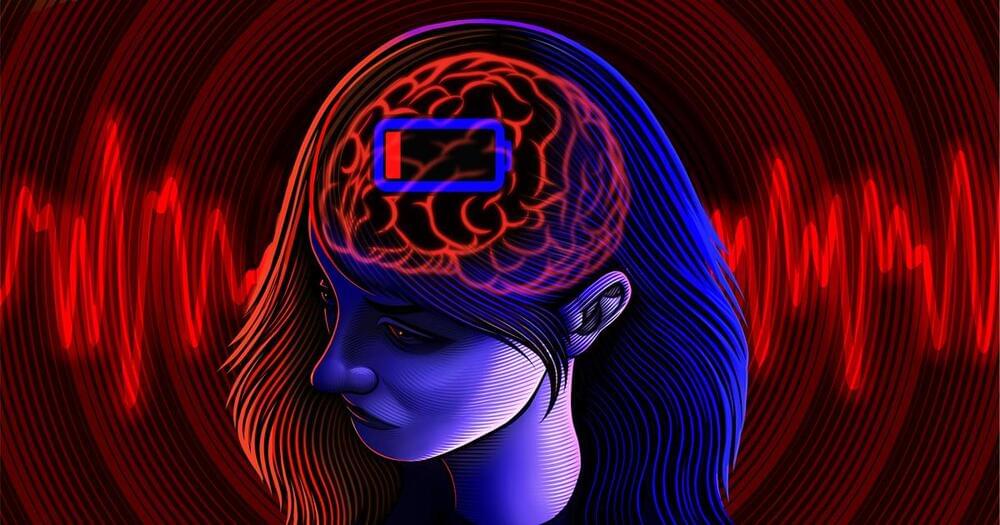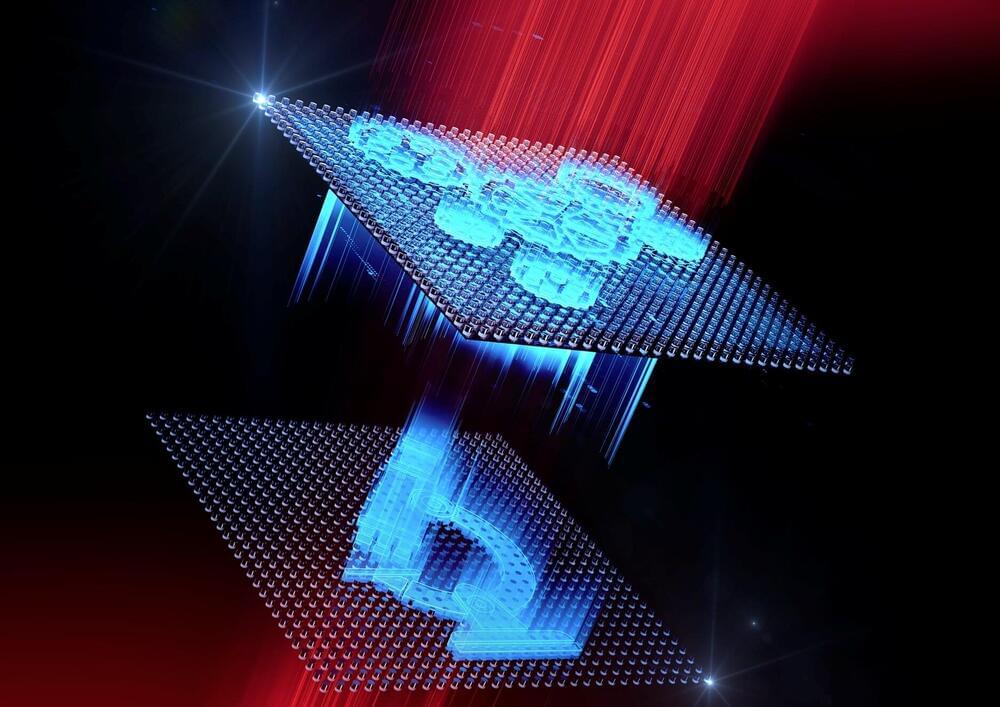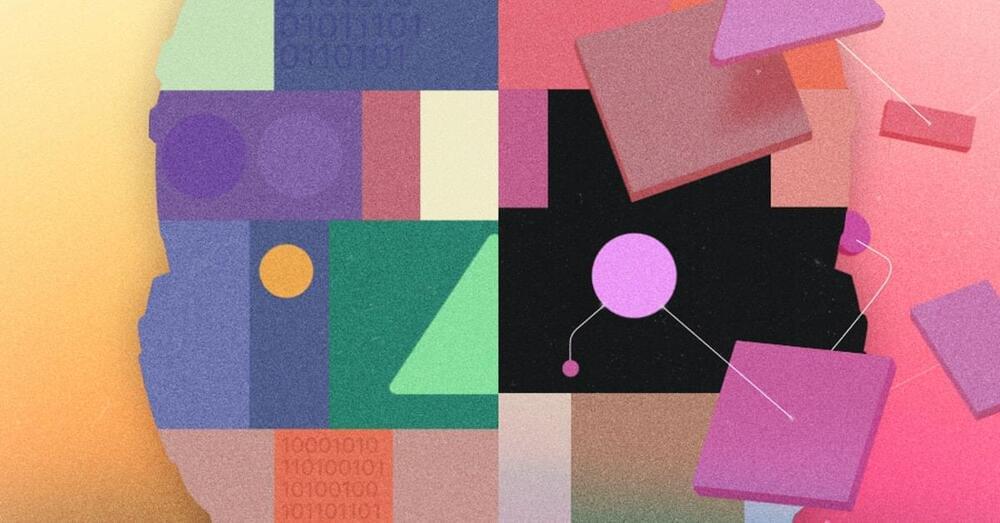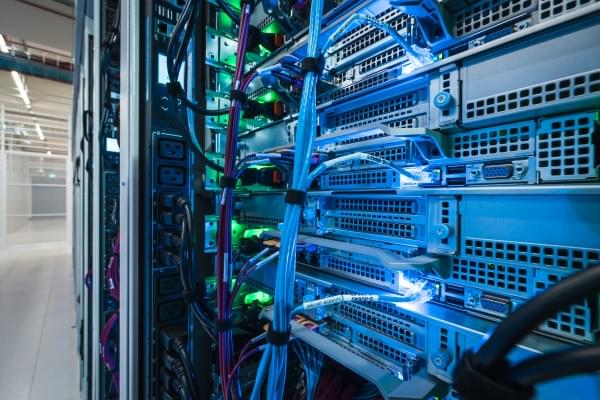Page 3705
Jun 21, 2022
At the crossroad of the search for spontaneous radiation and the Orch OR consciousness theory
Posted by Dan Kummer in category: neuroscience
Based on a novel intertwined theoretical and experimental approach, we examined one of the pillars of the Orch OR model, namely the gravity-related collapse model. In this context, we examined the Orch OR calculations using the gravity-related (called Diosi-Penrose, DP, for reasons we explain in the article) theory along with recent experimental constraints on the DP cutoff parameter (R0). We showed that, in this context, the Orch OR based on the DP theory is definitively ruled out for the case of atomic nuclei level of separation, without needing to consider the impact of environmental decoherence; we also showed that the case of partial separation requires the brain to maintain coherent superpositions of tubulin of such mass, duration, and size that vastly exceed any of the coherent superposition states that have been achieved with state-of-the-art optomechanics and macromolecular interference experiments. We conclude that none of the scenarios we discuss (with possible exception to the case of partial separation of tubulins) are plausible.
Jun 21, 2022
The Brain Has a ‘Low-Power Mode’ That Blunts Our Senses
Posted by Kelvin Dafiaghor in categories: computing, food, mobile phones, neuroscience
When our phones and computers run out of power, their glowing screens go dark and they die a sort of digital death. But switch them to low-power mode to conserve energy, and they cut expendable operations to keep basic processes humming along until their batteries can be recharged.
Our energy-intensive brain needs to keep its lights on too. Brain cells depend primarily on steady deliveries of the sugar glucose, which they convert to adenosine triphosphate (ATP) to fuel their information processing. When we’re a little hungry, our brain usually doesn’t change its energy consumption much. But given that humans and other animals have historically faced the threat of long periods of starvation, sometimes seasonally, scientists have wondered whether brains might have their own kind of low-power mode for emergencies.
Now, in a paper published in Neuron in January, neuroscientists in Nathalie Rochefort’s lab at the University of Edinburgh have revealed an energy-saving strategy in the visual systems of mice. They found that when mice were deprived of sufficient food for weeks at a time — long enough for them to lose 15%-20% of their typical healthy weight — neurons in the visual cortex reduced the amount of ATP used at their synapses by a sizable 29%.
Jun 21, 2022
Atom Scale Manufacturing: The Path to Ultimate Green Technologies | Robert Wolkow | TEDxYYC
Posted by Dan Breeden in categories: nanotechnology, particle physics, quantum physics
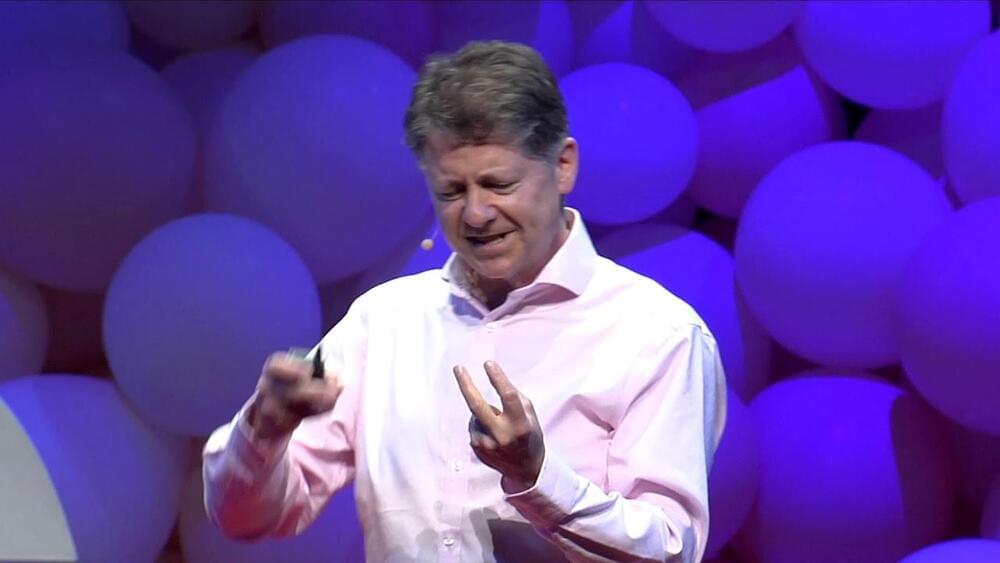
Manufacturing with atoms has been the siren’s call for many researchers who believed it was the key that could unlock enormous new potential in how we build things. We could develop products that are perfectly precise, contain zero waste and that are 1000x more energy efficient. The problem has always been the same: How? Until now. Wolkow has taken a leading role in laying a new, stable foundation for the world to begin building on the tiniest of scales. Robert Wolkow is a Professor in the Department of Physics, iCORE Chair of Nanoscale Information and Communications Technology at the University of Alberta and Fellow of the Royal Society of Canada. He is also the Principal Research Officer and Nanoelectronics Program Coordinator at the NRC Nanotechnology Research Centre (NRC-NANO), AITF Industrial Chair in Atom Scale Fabrication and CTO of Quantum Silicon Inc.
An award-winning innovator, Wolkow has had a leading role in discovering, altering and deploying atom scale properties of silicon. His years of fundamental advances have laid a broad foundation for practical applications. This talk was given at a TEDx event using the TED conference format but independently organized by a local community.
Jun 21, 2022
Digital Computers Will Remain Unconscious Until They Recruit Physical Fields for Holistic Computing Using Well-Defined Topological Boundaries
Posted by Dan Breeden in categories: computing, neuroscience

[Epistemic Status: written off the top of my head, thought about it for over a decade]
What do we desire for a theory of consciousness?
Jun 21, 2022
Quantum Artificial Intelligence | My PhD at MIT
Posted by Dan Breeden in categories: information science, quantum physics, robotics/AI, security
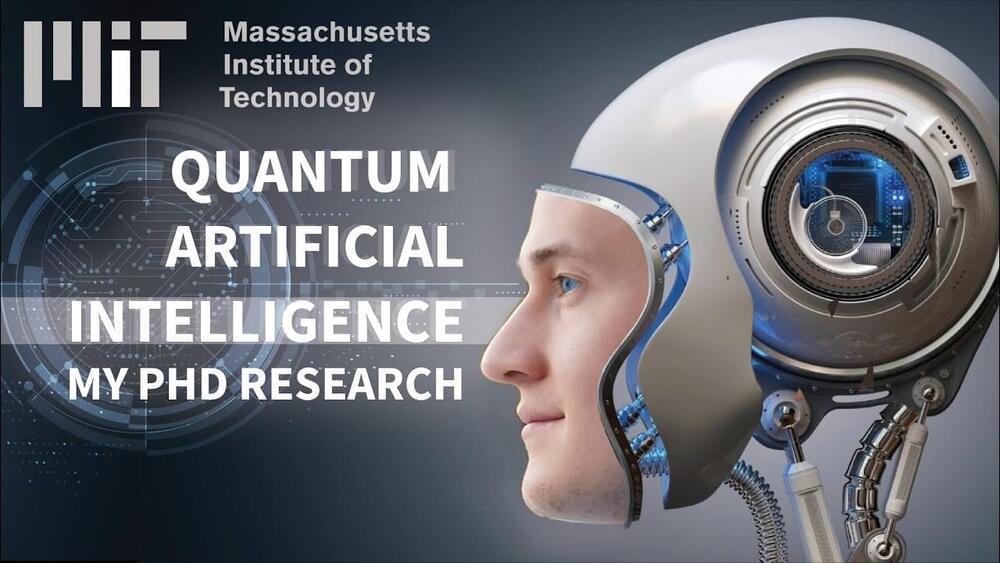
Algorithms, Shor’s Quantum Factoring Algorithm for breaking RSA Security, and the Future of Quantum Computing.
▬ In this video ▬▬▬▬▬▬▬▬▬▬▬▬▬▬▬▬▬
I talk about my PhD research at MIT in Quantum Artificial Intelligence. I also explain the basic concepts of quantum computers, and why they are superior to conventional computers for specific tasks. Prof. Peter Shor, the inventor of Shor’s algorithm and one of the founding fathers of Quantum Computing, kindly agreed to participate in this video.
Continue reading “Quantum Artificial Intelligence | My PhD at MIT” »
Jun 21, 2022
Blake Lemoine Says Google’s LaMDA AI Faces ‘Bigotry’
Posted by Brent Ellman in category: robotics/AI
In an interview with WIRED, the engineer and priest elaborated on his belief that the program is a person—and not Google’s property.
Jun 21, 2022
Nanoparticles that control flow of light like road signs direct traffic
Posted by Brent Ellman in categories: internet, nanotechnology, particle physics
Developed in collaboration with colleagues from China, Germany and Singapore, the new technology uses nanoparticles, so small that about 12,000 of them can fit within a cross-section of a human hair. These tiny particles are arranged into unique patterns on the slides.
Physicists at The Australian National University (ANU) have developed tiny translucent slides capable of producing two very different images by manipulating the direction in which light travels through them.
As light passes through the slide, an image of Australia can be seen, but when you flip the slide and look again, an image of the Sydney Opera House is visible. The pair of images created is just one example of an untapped number of possibilities.
Continue reading “Nanoparticles that control flow of light like road signs direct traffic” »
Jun 21, 2022
What AI Can Tell Us About Intelligence
Posted by Kelvin Dafiaghor in category: robotics/AI
Can deep learning systems learn to manipulate symbols? The answers might change our understanding of how intelligence works and what makes humans unique.
Jun 21, 2022
Microsoft and Meta join Google in using AI to help run their data centers
Posted by Kelvin Dafiaghor in category: robotics/AI
Microsoft and Meta say that they’re using AI to improve operations in their data centers, joining Google.

